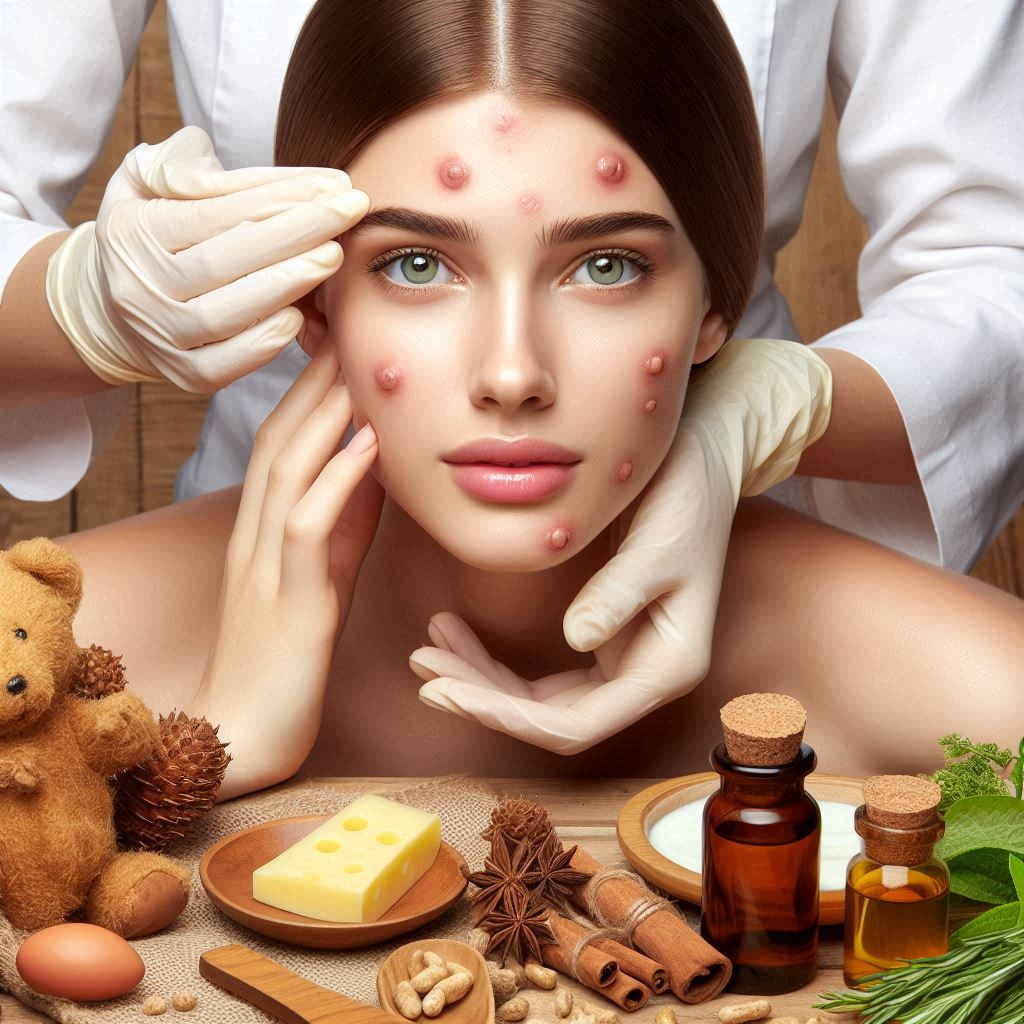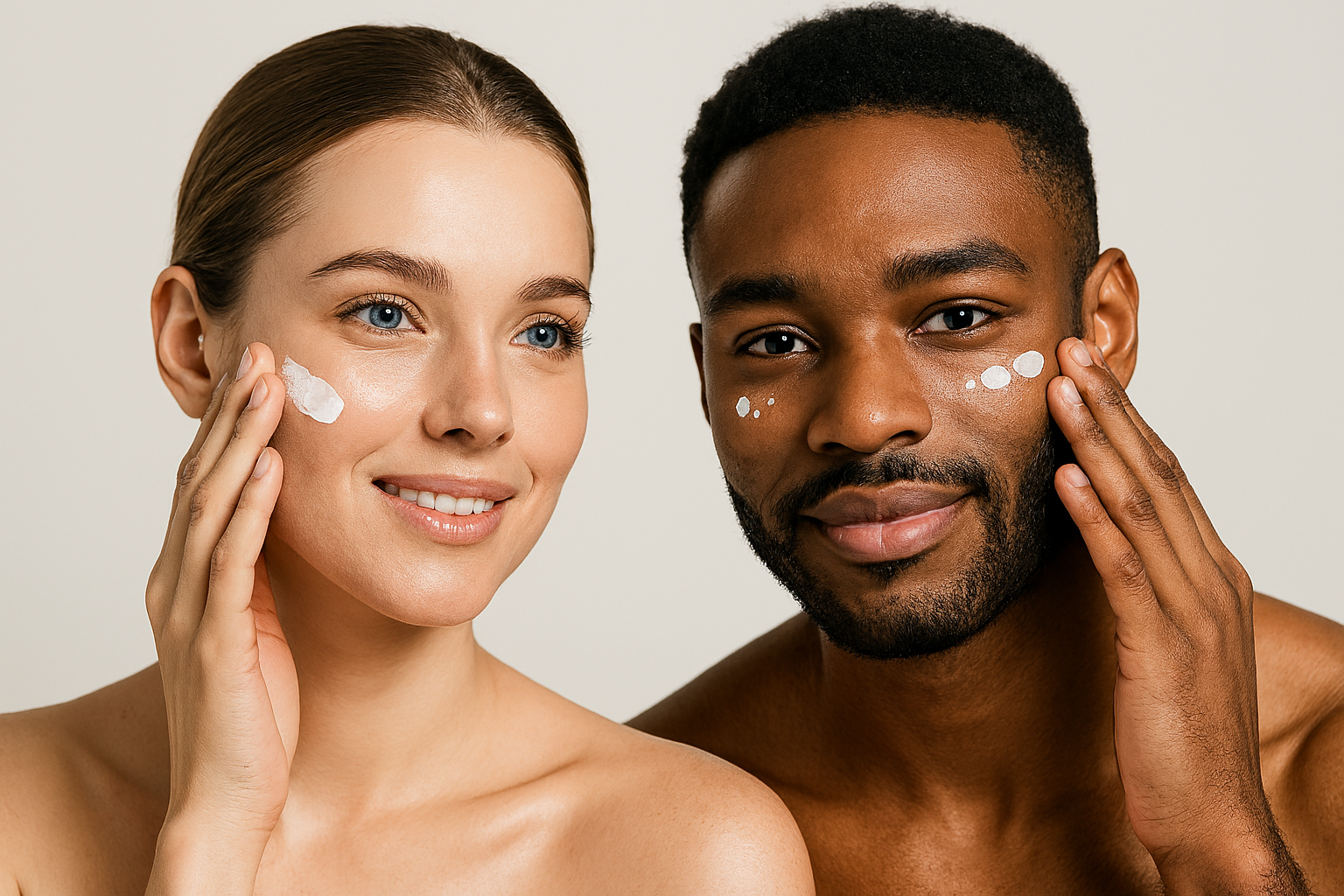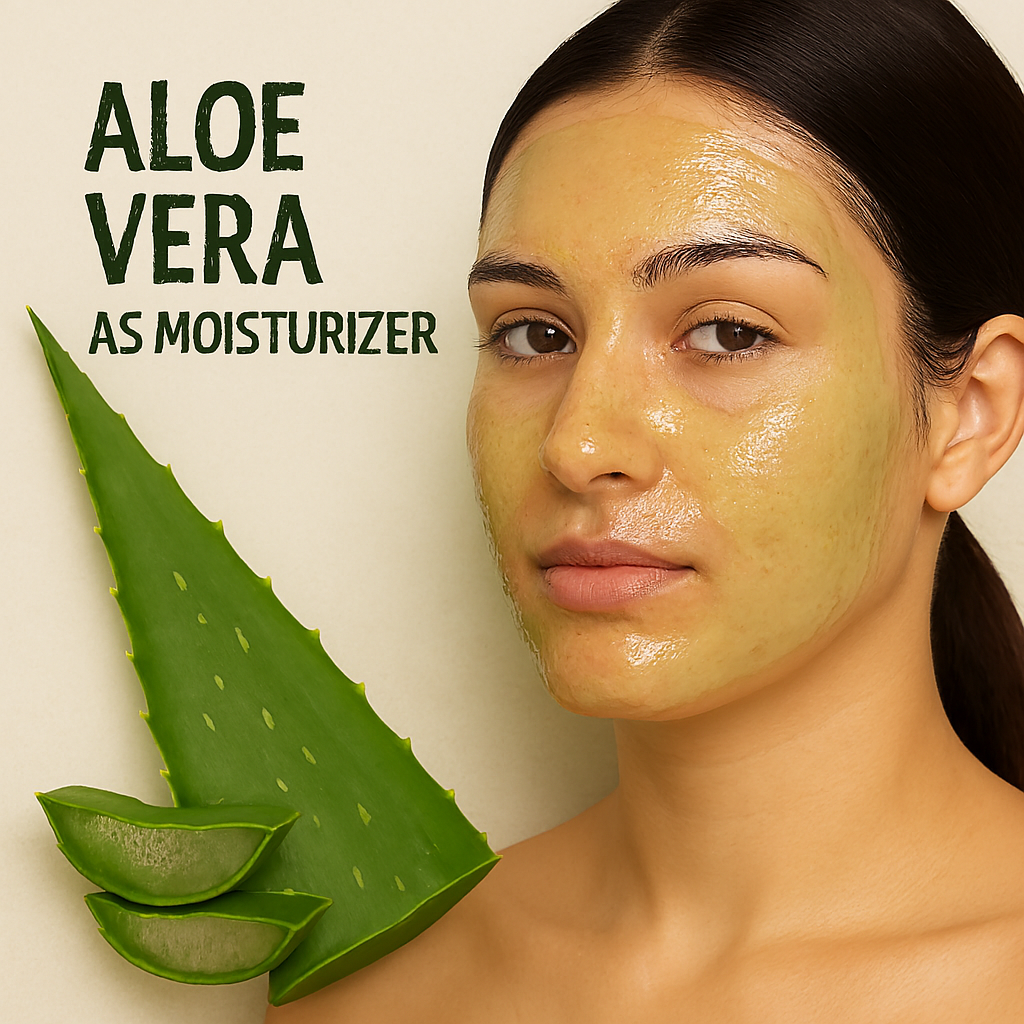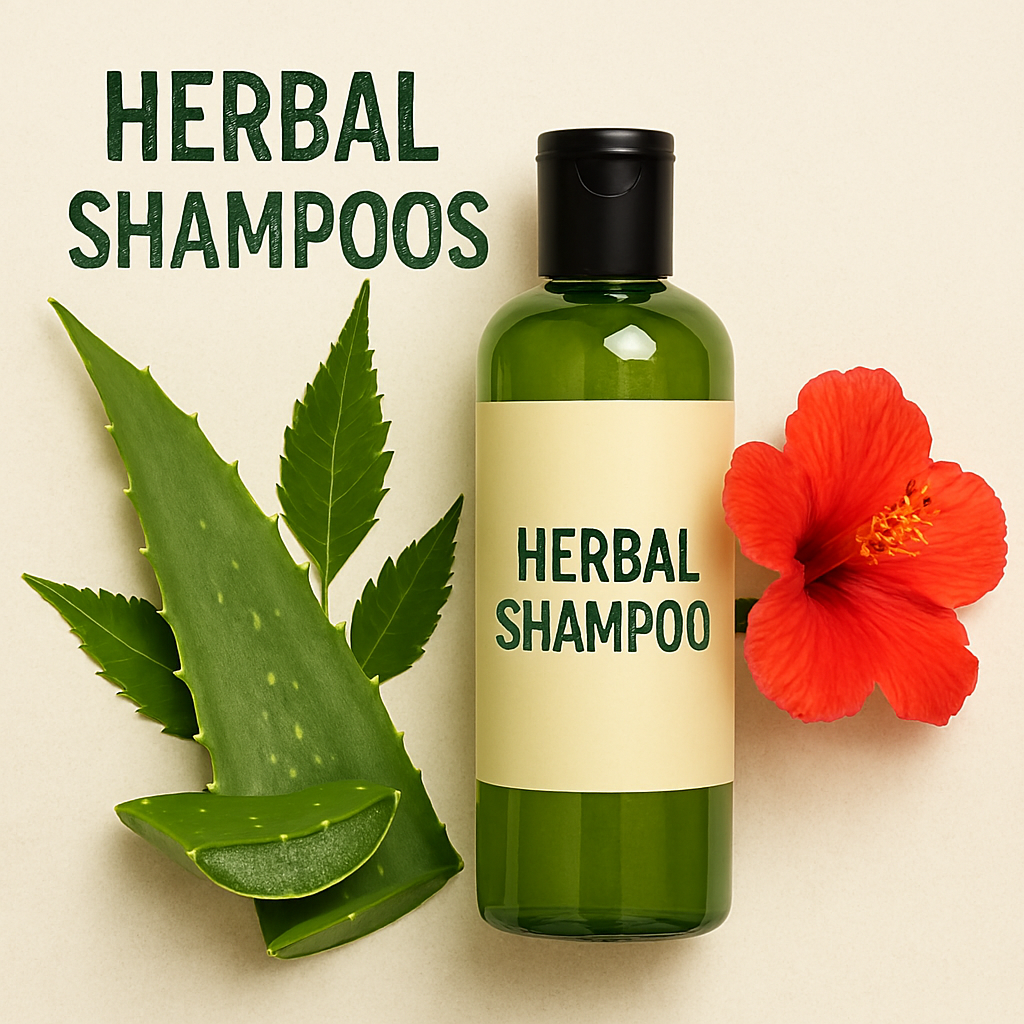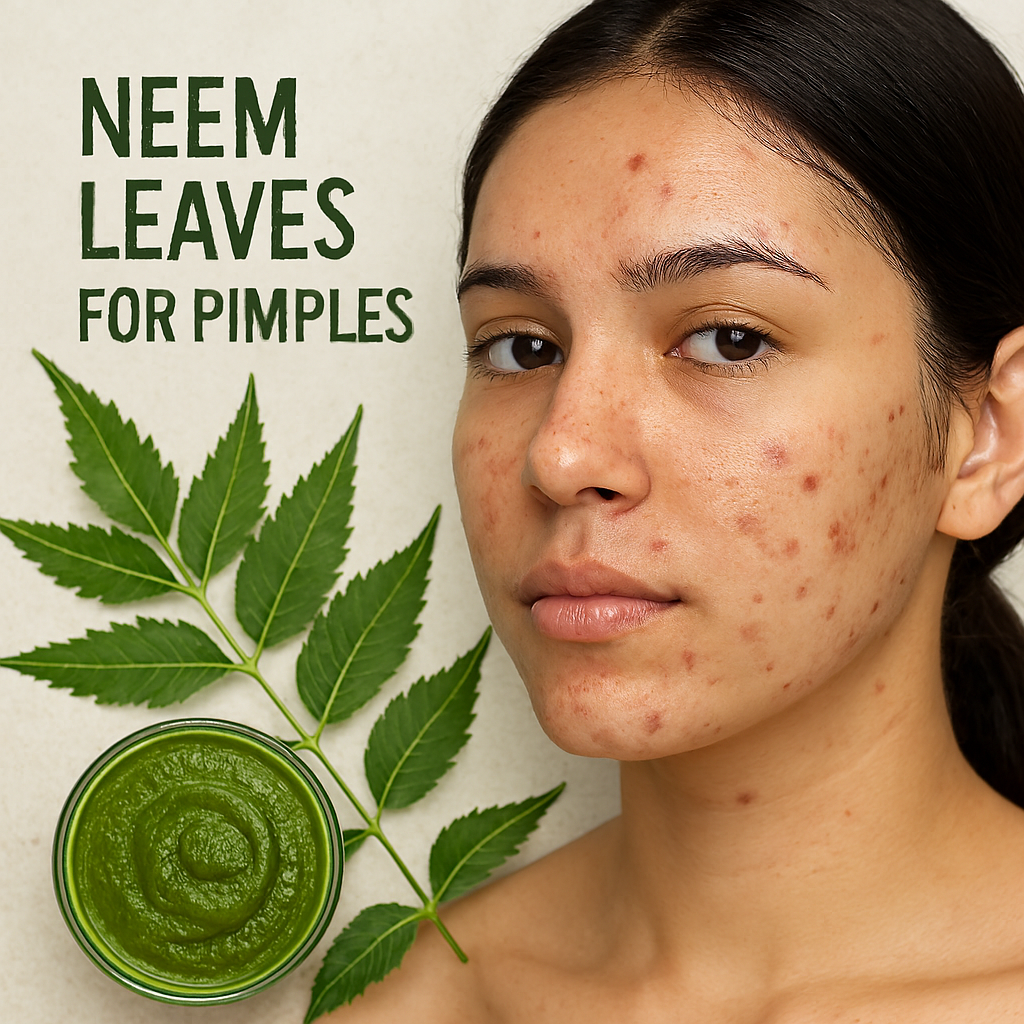Pimples are closely linked to hormonal imbalances and overall skin health. They commonly appear during adolescence due to a surge in hormones but can also affect adults due to stress, poor diet, or lifestyle habits. Ayurveda offers effective treatments that not only target external symptoms but also correct internal imbalances that trigger breakouts.
Understanding Pimples in Ayurveda
In Ayurvedic texts, pimples are known as Youvana Pidaka:
- Youvana = Youth
- Pidaka = Skin eruptions
This reflects the condition’s prevalence during youthful years when hormonal fluctuations are most intense.
Other Ayurvedic Names:
- Tarunya Pidaka – Youthful pimples
- Mukha Dooshika – Blemishes that spoil facial beauty
- Padmini Kantaka – Thorn-like acne lesions
Many teenagers and adults try quick remedies like creams or herbal pastes. However, these often overlook root causes such as:
- Blood toxins
- Hormonal imbalance
- Stress
- Poor digestion
- Weak skin immunity
Ayurveda emphasizes blood purification, dosha balancing, and restoring inner wellness.
Causes of Acne in Ayurveda
Ayurveda attributes Youvana Pidaka (acne) to imbalances in the Pitta and Kapha doshas, and accumulation of Ama (toxins) in the blood.
Common Ayurvedic Causes:
- Oily and spicy food – Increases Pitta and clogs skin channels.
- Late nights – Disturbs body rhythm and accumulates toxins.
- Overuse of cosmetics – Clogs pores and irritates the skin.
- Stress and anxiety – Weakens digestion and causes hormonal imbalances.
- Hormonal changes – Especially during adolescence or menstruation.
- Heavy non-vegetarian diet – Raises internal heat and toxin buildup.
Causes of Acne in Modern Science
From a medical perspective, acne is caused when hair follicles become clogged with:
- Excess oil (sebum)
- Dead skin cells
- Bacteria (e.g., Propionibacterium acnes)
Other Modern Factors:
- Hormonal changes (puberty, menstruation, medications)
- Genetics
- Poor hygiene or skincare routine
- Diet high in sugar and dairy
Stages of Acne According to Ayurveda
1. Initial Stage:
- Small red or pink bumps
- Non-painful and non-itchy
2. Progression:
- Pain, pus, or fluid-filled bumps
- Inflammation and spread
3. Severe Cases:
- Fever
- Skin discoloration
- Cystic lesions (deep and painful)
4. Aggravating Behaviors:
- Scratching or popping pimples
- Harsh cosmetics or treatments
- Unclean skin practices
Ayurvedic Tips and Treatment Principles
- Use blood purifiers and detox herbs to cleanse Rakta Dhatu.
- Improve digestion to eliminate Ama.
- Wash face 3–4 times a day with lukewarm water.
- Use natural face packs: Multani mitti, turmeric, sandalwood.
- Avoid oily and spicy food
- Maintain regular sleep and meals
- Practice meditation to reduce stress
Herbs Used in Ayurvedic Acne Treatment
| Herb | Benefits |
|---|---|
| Neem (Nimba) | Purifies blood, antibacterial |
| Turmeric (Haridra) | Anti-inflammatory, reduces oiliness |
| Manjishta | Improves complexion, purifies blood |
| Sariva | Soothes Pitta, cools blood |
| Sandalwood (Chandana) | Reduces redness, calming effect |
| Red Sandalwood (Rakta Chandana) | Even skin tone, anti-pigmentation |
| Nutmeg (Jatiphala) | Fades scars |
| Vetiver (Usheera) | Calms mind, detoxifies blood |
| Amla (Amalaki) | High in vitamin C, rejuvenates skin |
| Ashwagandha, Shatavari, Ashoka | Regulate hormones, reduce stress |
Ayurvedic Medicines for Acne
Oral Remedies:
- Kaishora Guggulu – Detoxifies blood, reduces inflammation
- Triphala Guggulu – Clears sebum and blocks
- Arogya Vardhini Vati – Improves liver and digestion
- Mahamanjishtadi Kashaya – Treats chronic acne and scars
- Panchanimba Choorna – Antibacterial and antifungal
- Triphaladi Kashaya – Regulates metabolism and sebum
- Avipathi Choorna – Reduces Pitta and supports elimination
Conclusion
Pimples or acne are not merely skin issues but a reflection of deeper imbalances in the body. Ayurvedic treatment for acne focuses on detoxification, hormonal balance, and stress reduction. With the use of herbs, lifestyle changes, and natural remedies, Ayurveda provides a holistic approach to achieving clear and healthy skin—from within.
